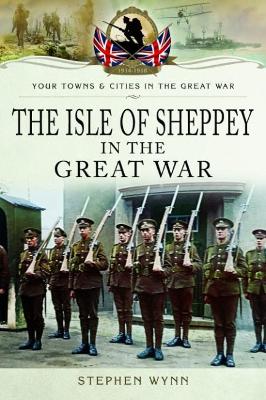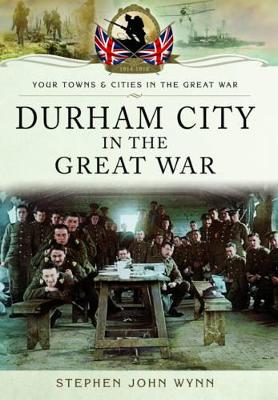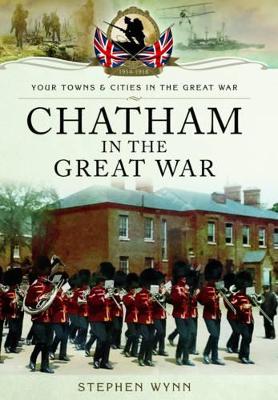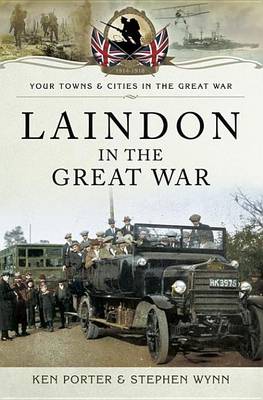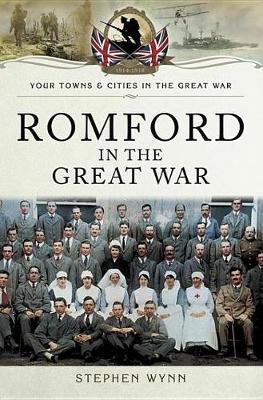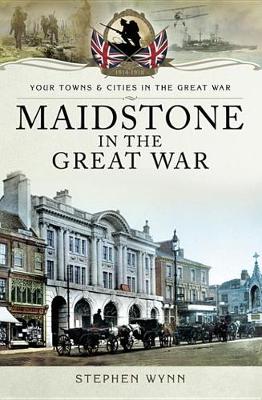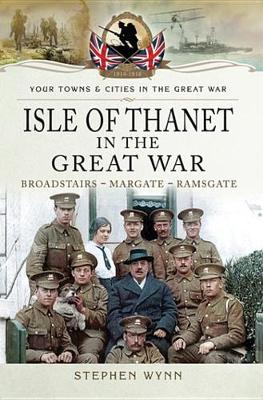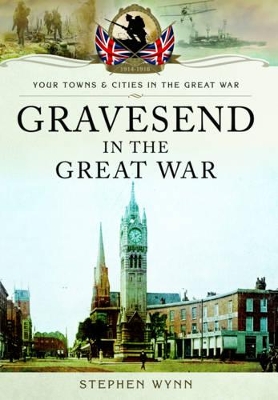Your Towns and Cities in the Great War
20 total works
The Isle of Sheppey also boasted another aircraft factory, which was situated at Shellbeach on the east coast of the island, an emergency landing strip at Harty on the south east side of the island, and a balloon station at Sheerness. The First World War certainly saw the Isle of Sheppey rise to the occasion and add to its long and illustrious military history. The part it played went a long way in enhancing the island s reputation of having a dogged determination to do what needed to be done for the greater good in the nations time of need.
By the end of the war, Dover and its people had sustained through testing and difficult times. Like every community throughout the nation, they had paid a heavy price. They had been as close to the war as it was possible to be, without actually being on the Front Line. Ships had sailed from its harbour to engage the enemy, and wounded soldiers had returned to the same harbour. Its men had gone of to fight in the war and, sadly, 721 of them never came back.
Some 360 of them never made it home. They are gone, but never forgotten.
On 18 September 1915, two German prisoners of war, Lieutenant Otto Thelen and Lieutenant Hans Keilback, escaped from Donnington Hall in Leicestershire. At first, it was believed they had escaped the country and were on their way back to Germany, but they were re-captured in Chatham four days later. By the end of the war, Chatham and the men who were stationed there had truly played their part in ensuring a historic Allied victory.
The authors present us with individual's memories, passed down through families, that bring to life what our men went through and what life was like for those on the home front. The book is a powerful eyewitness account that allows Laindon's wartime citizens, who lived through these momentous and catastrophic events, to tell their own stories in their own words.
This is a superb account of the people of Romford's outstanding determination to see the war through.
It wasn't just on the Western Front, however, that death reared its ugly head. On one occasion it happened in Folkestone, in what has become known as the Tontines Street Air Raid. Seventy-one men, women and children were killed and another ninety-four were injured this German air raid, which took place on 25 May 1917. This book is a poignant testimony to those people as well as the men who didn't make it back.
The book looks at letters sent from husbands and sons, who had seen action in the war, and how they were received by families on the Home Front, who were anxiously waiting for new of their loved ones. It documents the triumphs and tragedies of Tunbridge Wells' people as they sought to find normality amongst a reality far removed from anything they had ever known before.
Convalescing soldiers were tended to as passionately as Belgium refugees were looked after by the town's people; they freely and happily did this while coping with the unsettling reality that one or more of their loved ones may never return from the war. This is a superb account of the people of Maidstone's outstanding determination to see the war through.
Many of the districts Police Constables, were ex-servicemen, some of whom were still on the Army Reserve, they too were called up to once again go and serve with the colours. There was a great clamour across the country with everybody wanting to do their bit in what ever way they could, the people of the Isle of Thanet were no different. By the end of the war, they had certainly played their part in ensuring that the outcome was a victorious one, making the sadness of the ones who had paid the ultimate price, slightly easier to accept.
The book also tells the individual stories of Gravesend's men who fought in the war, some who survived and returned to their loved ones, and others who were not so fortunate. It documents the triumphs and tragedies of Gravesend's people as they sought to find normality amongst a reality far removed from anything they had ever known before.
The site, which made shell cases, detonators, cordite and acetone for the British war effort, was so vast that it included its own housing estate for its workers, a hospital and a railway line. It became so big that it actually became known as Kynochtown and was a major source of employment in the area, particularly for women. There were Prisoner of War camps at Horndon House Farm, Puddledock Farm and Woodhams Quarry in West Thurrock which housed over 150 German prisoners. The Thurrock area also played an important part of protecting London from seaborne invasion up the River Thames with the help of Tilbury Fort and Coalhouse Fort at East Tilbury.
